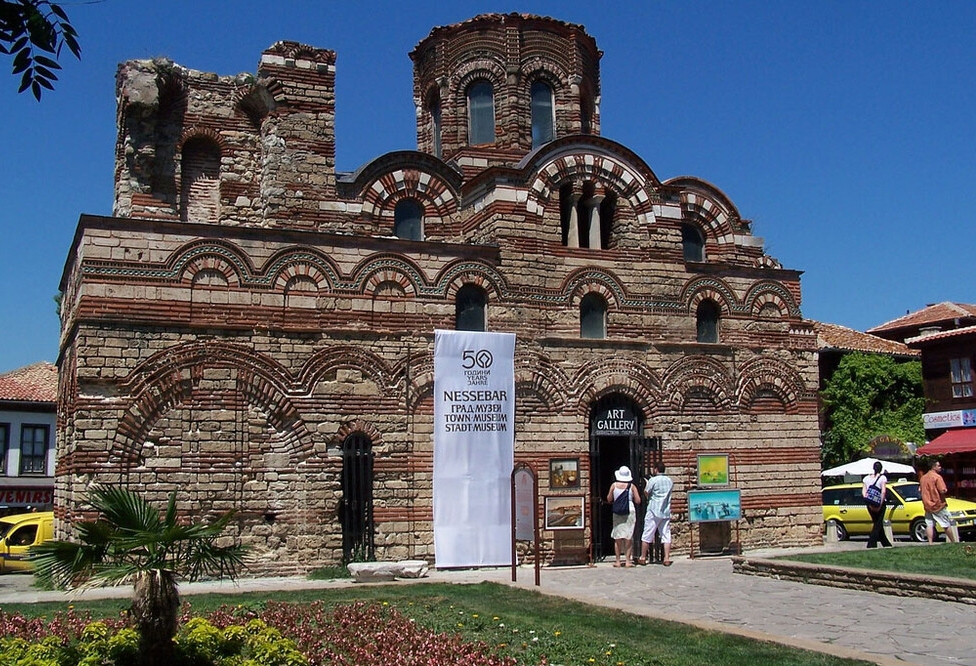



Ancient City of Nessebar - one of major seaside resorts on Bulgarian Black Sea Coast, UNESCO World Heritage site

Baku, December 20, AZERTAC
Located on a rocky peninsula on the Black Sea, the more than 3,000-year-old site of Nessebar was originally a Thracian settlement (Menebria).
At the beginning of the 6th century BC, the city became a Greek colony. The city’s remains, which date mostly from the Hellenistic period, include the acropolis, a temple of Apollo, an agora and a wall from the Thracian fortifications.
The Ancient city of Nessebar is a unique example of a synthesis of the centuries-old human activities in the sphere of culture; it is a location where numerous civilizations have left tangible traces in single homogeneous whole, which harmoniously fit in with nature. The different stages of development of its residential vernacular architecture reflect the stages of development of the architectural style on the Balkans and in the entire East Mediterranean region.
The urban structure contains elements from the second millennium BC, from Ancient Times and the Medieval period.
The Ancient City of Nessebar is an outstanding testimony of multilayered cultural and historical heritage. It is a place where many civilizations left their tangible traces: archaeological structures from the Second millennium BC, a Greek Black Sea colony with surviving remains of fortifications, a Hellenistic villa and religious buildings from the Antiquity, preserved churches (in some of them preserved only parts of archaeological structures) from the Middle Ages.
Nessebar has demonstrated its historical importance as a frontier city on numerous occasions. Having been a remarkable spiritual centre of Christianity for a thousand years, today it is a developing and vibrant urban organism.
The Ancient City of Nessebar is a unique example of an architectural ensemble with preserved Bulgarian Renaissance structure, and forms a harmonious homogenous entity with the outstanding natural configuration of the rocky peninsular, linked with the continent by a long narrow stretch of land.
Its nature and existence is a result of synthesis of long-term human activity, which has witnessed significant historic periods - an urban structure with elements from 2nd millennium BC, classical antiquity, and the Middle Ages; the development of medieval religious architecture with rich plastic and polychrome decoration on its facades in the form of ceramic ornamentation typical for the period; the different stages in the development of the characteristic residential vernacular architecture, which testify to the supreme mastery of the architecture of the Balkans as well as the East Mediterranean region. The vernacular architecture of the urban ensemble, dominated by medieval churches and archaeology, together with the unique coastal relief, combine to produce an urban fabric of the high quality.
Designated a UNESCO World Heritage Site in 1983, Ancient City of Nessebar is one of the most prominent tourist destinations on the Black Sea.
Azerbaijan's Minister of Culture holds meeting with his UAE counterpart in Venice
Azerbaijani pavilion launched at 60th Venice Biennale VIDEO
Azerbaijan`s pavilion to showcase at 60th Venice Biennale